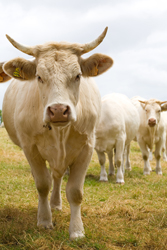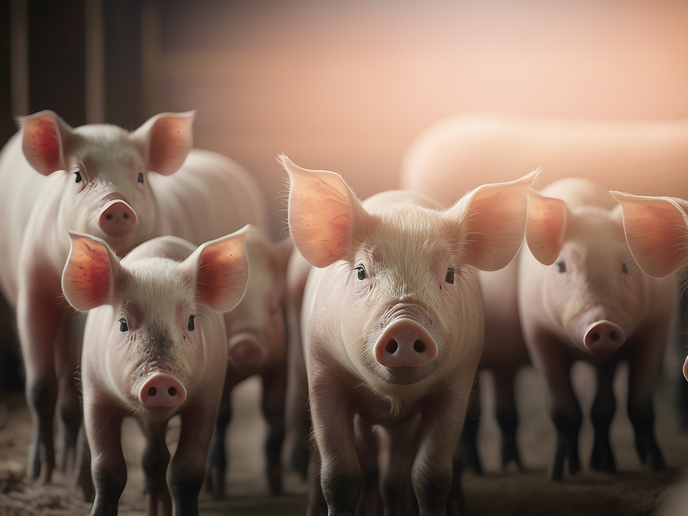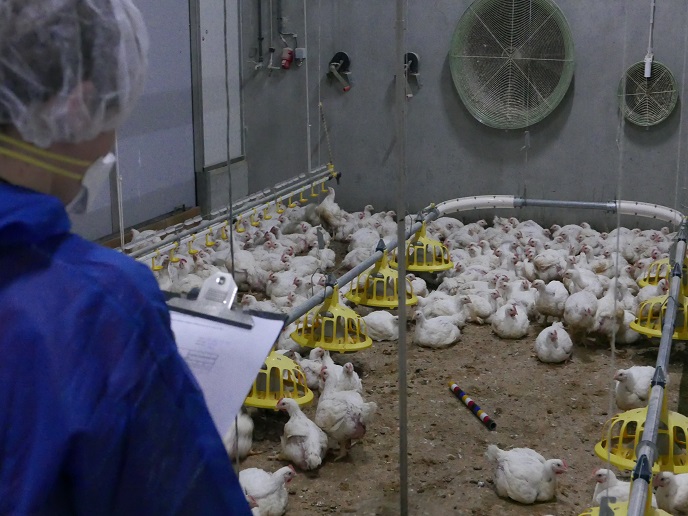Mapping for mastitis resistance
The milk industry is a valuable component of the European agricultural economy as it accounts for almost a fifth of the total income from production. Mastitis is the most common cause of illness in dairy herds. It can have devastating effects on the cows themselves not to mention the farmer's income as milk production may be seriously affected through culling or at best, a halt in milking. Control measures such as improved husbandry and vaccination programmes can make big inroads into tackling the disease. As for a genetic approach, the heritability of the disease is low and selection for resistance traits is difficult. Consequently, breeding programmes that incorporated mastitis resistance have largely been absent. However, data from northern European countries had amassed on genetic resistance in Nordic populations of cattle. Consequently, the EU funded project MASTITIS RESISTANCE aimed to fine map the loci involved in variation for mastitis resistance. This way, breeding programmes for introgression of quantitiative trait loci for mastitis resistance can be designed. As part of this initiative, scientists at the Roslin Institute in Scotland focused on the bovine chromosome nine (BTA9 – Bos taurus 9). The mapping of microsatellite and Expressed sequence tag (EST) markers was an extension of work done previously at the same laboratory. Under the auspices of the MASTITIS RESISTANCE project another 100 markers were added to chromosome BTA9. The Radiation hybrid (RH) mapping technique, suitable for fine mapping due to its accuracy in placing markers over short distances was used. As a first step, the markers were clustered into linkage groups. These linkage groups were then identified using the genetic mapping software Carthagene specially developed for RH mapping. The use of breeding programmes as an extra weapon in the fight against mastitis means sustainable resistance mechanisms against the disease. This will help to strengthen a health-orientated animal production system. Furthermore, it can stem the increasing levels of antibiotic resistance resulting from repeated doses administered in an attempt to control the disease.







